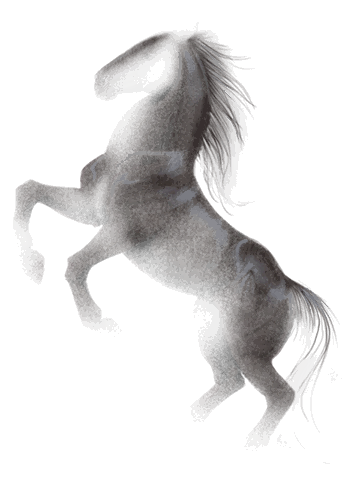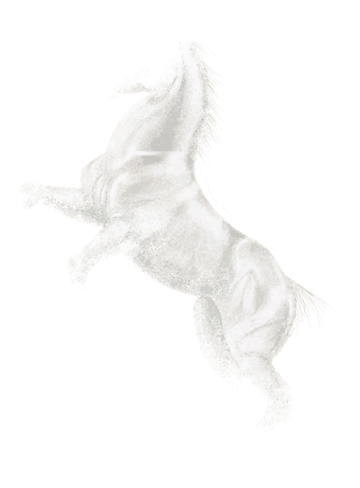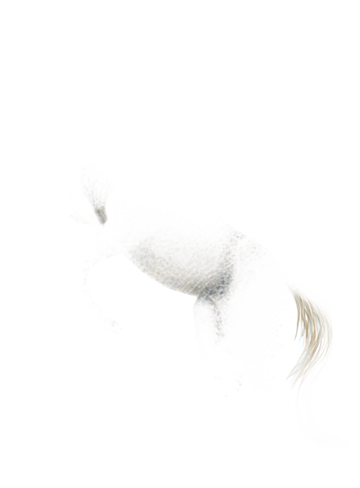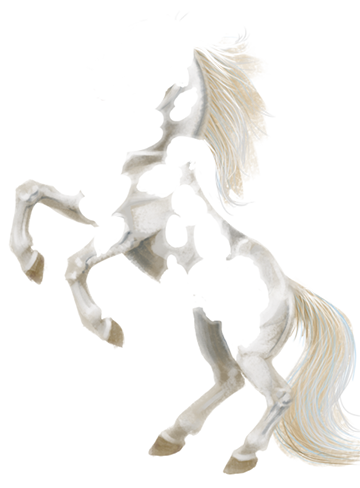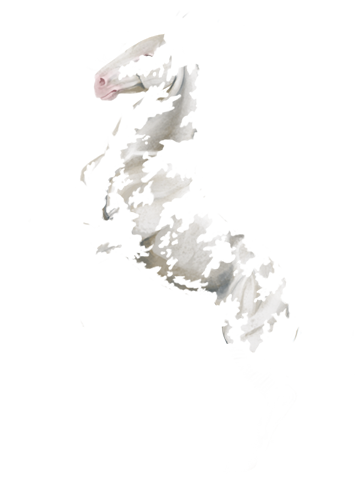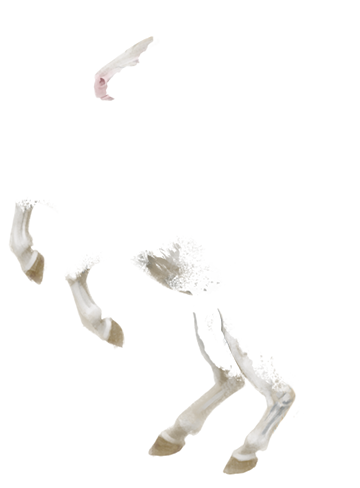
Jump to Game Window Jump to Game Window
The silver dapple and flaxen genes are both dilution genes that affect the mane and tail more than the body. Additionally, both only affect one type of pigment. The silver dapple gene only affects black pigment, while the flaxen gene only affects red pigment. Therefore, either one can be hidden in a horse with none of their respective pigment: a chestnut won't display a silver dapple gene, and a bay or black horse won't display a flaxen gene.
While the silver dapple has a simple dominant trait like so many others we've seen thus far, the flaxen gene has a recessive trait. In other words, while most genes need one or two dominant alleles to display their trait, the flaxen gene needs two recessive alleles to display its trait. This means its effects are easily hidden.
Previous: Champagne - Home - Next: Roan, Rabicano, and SootyJump to Complete Genetics

